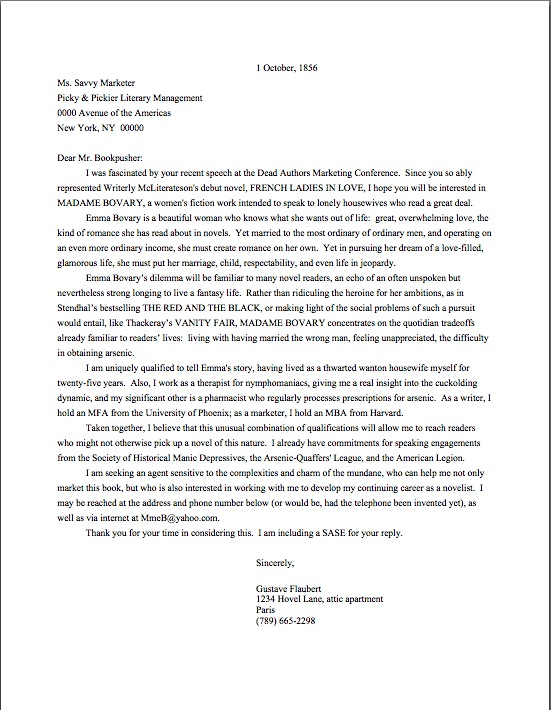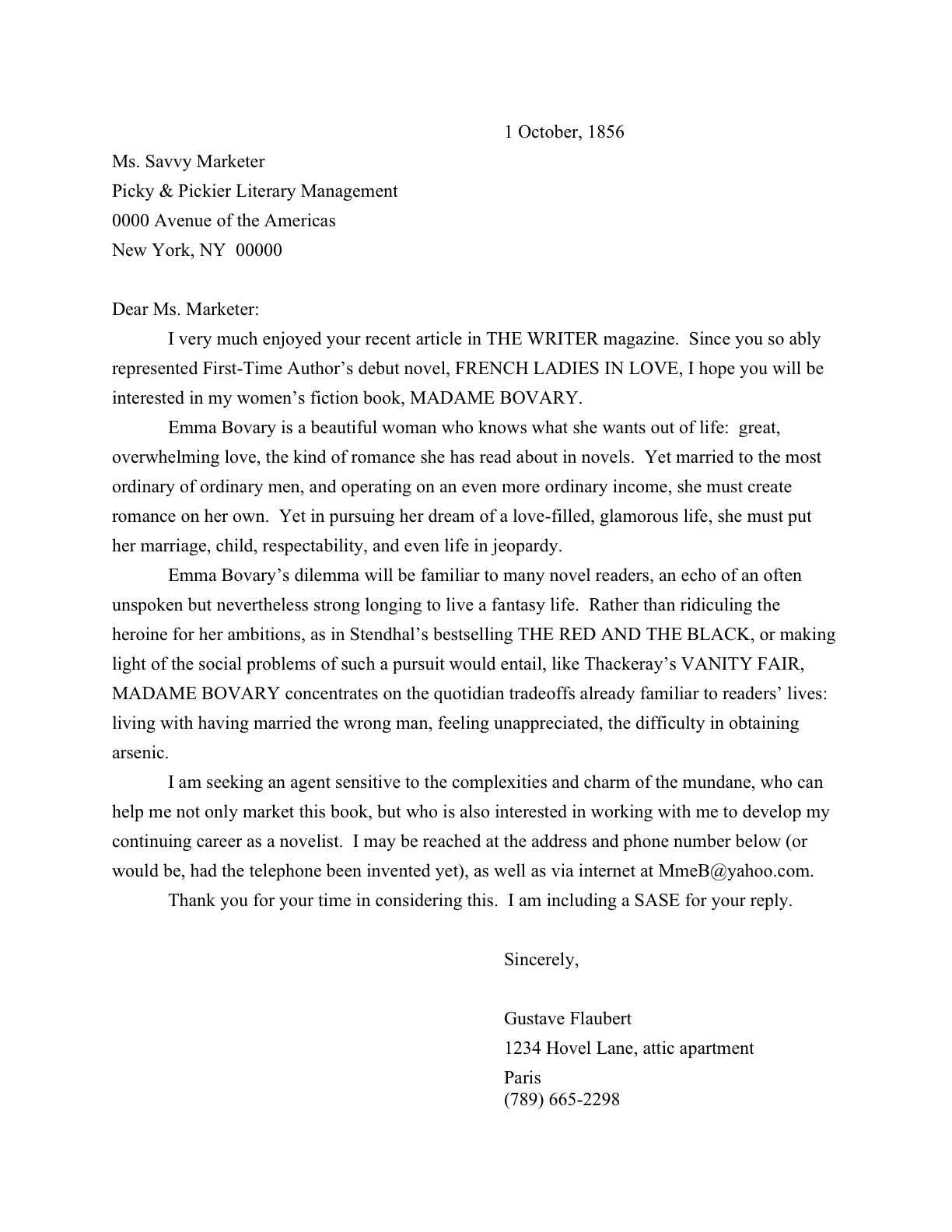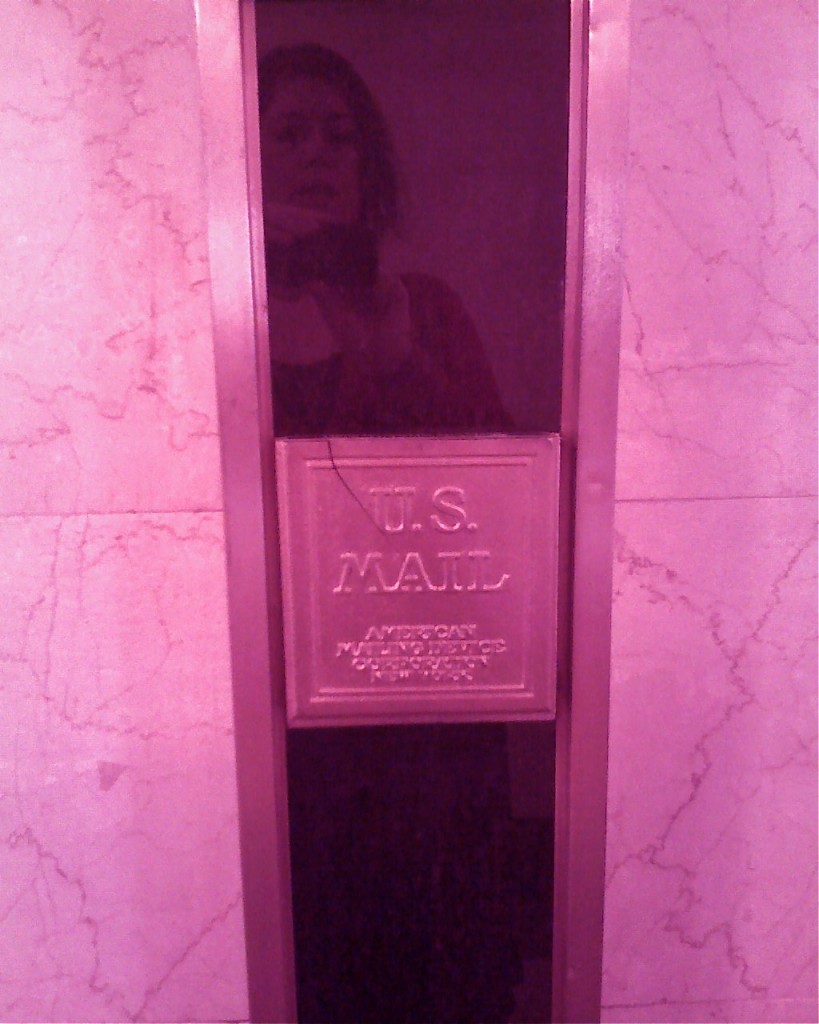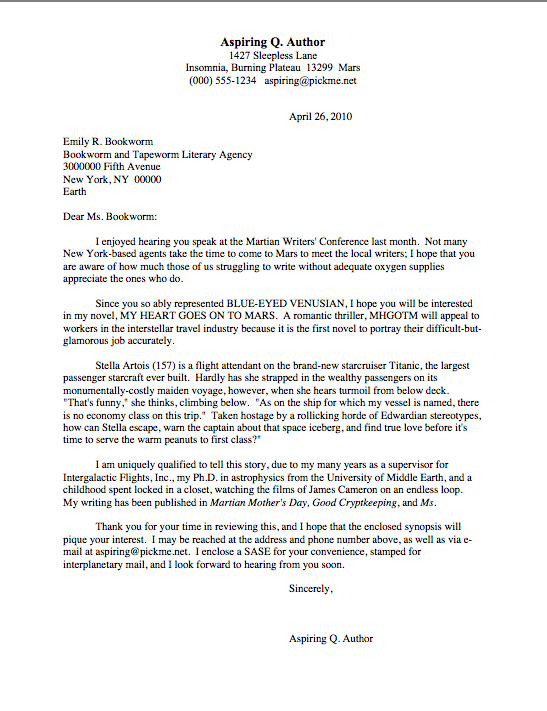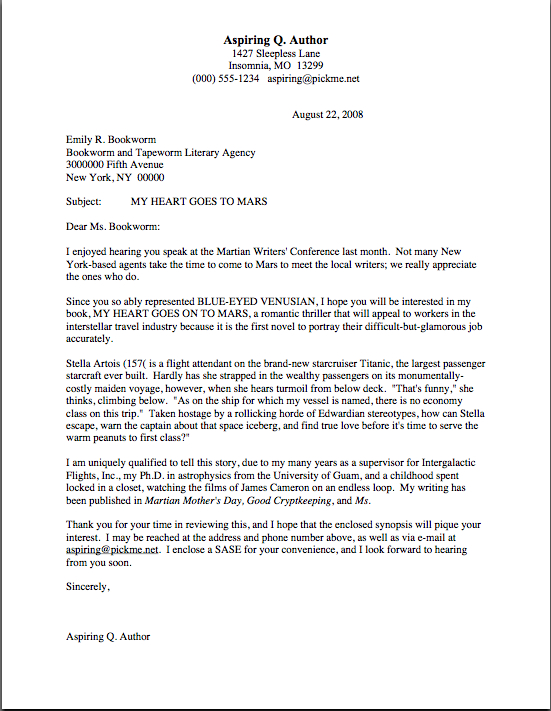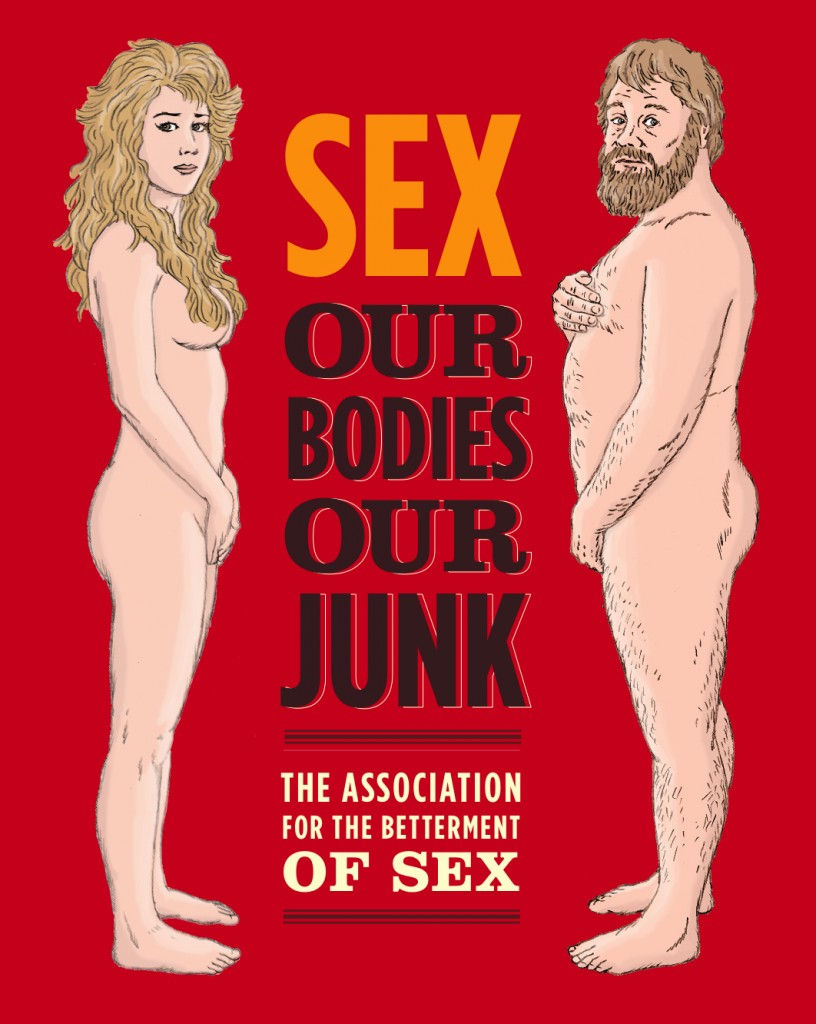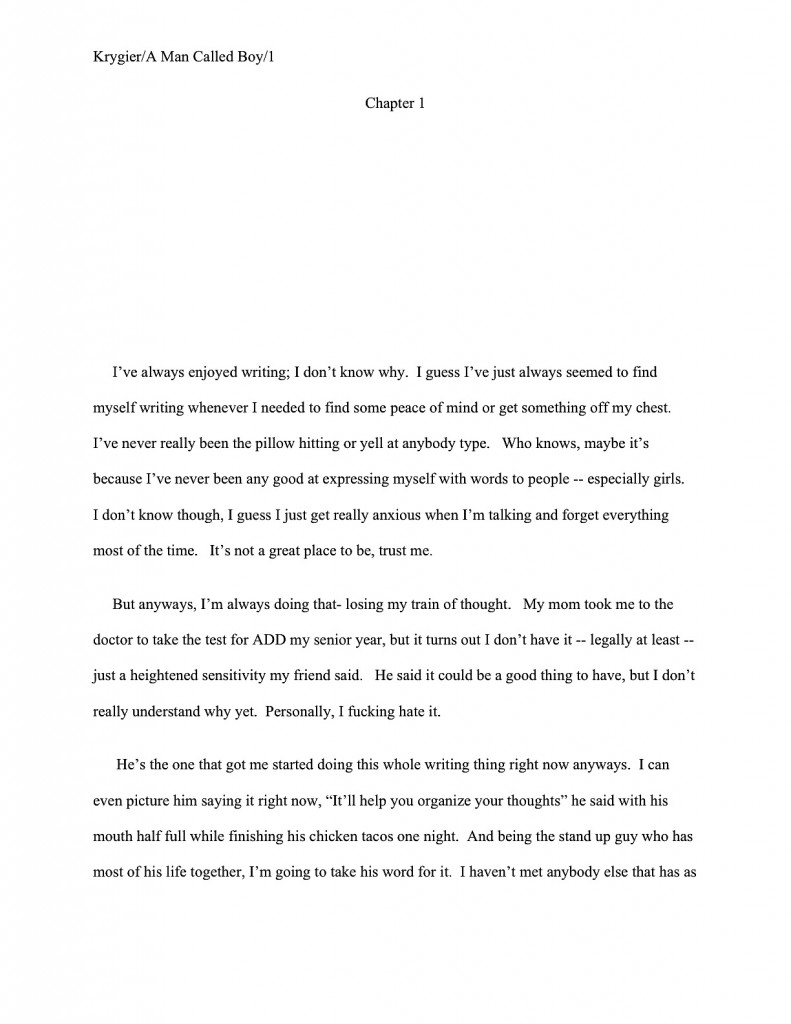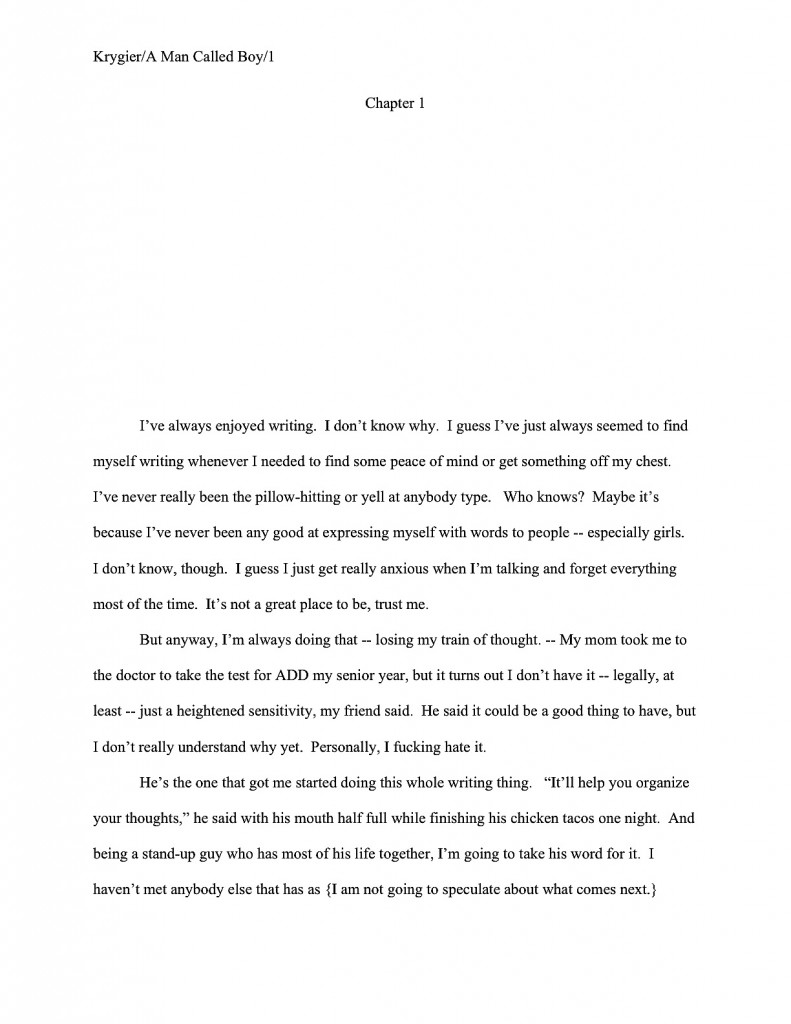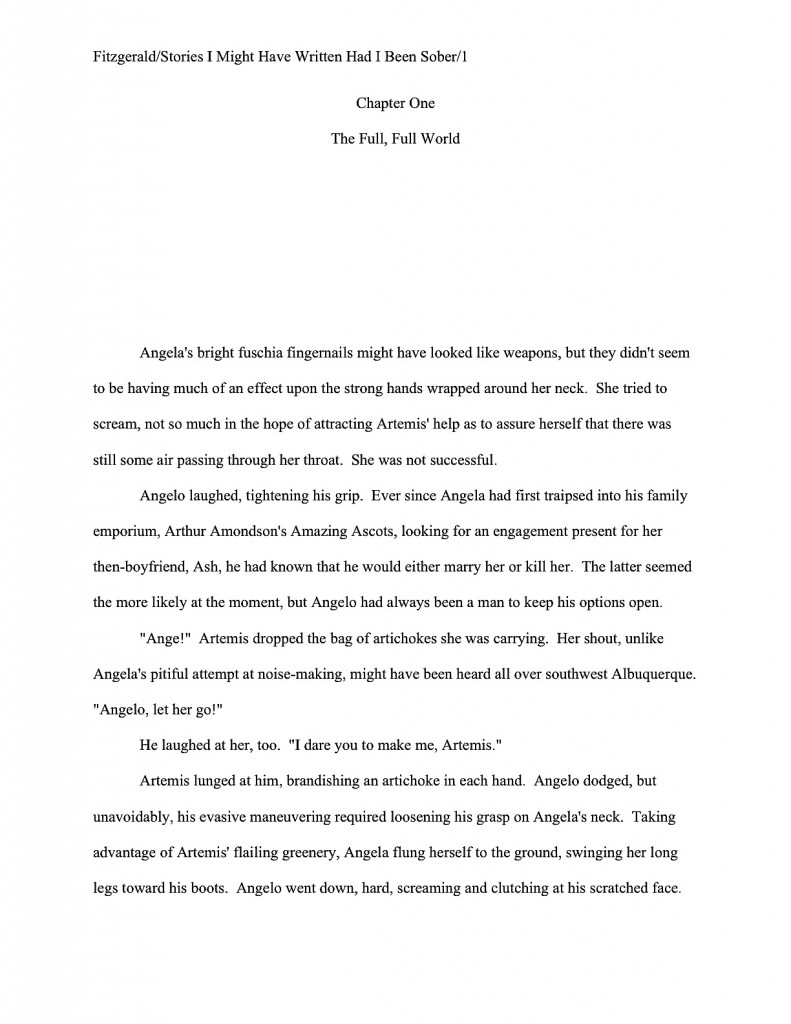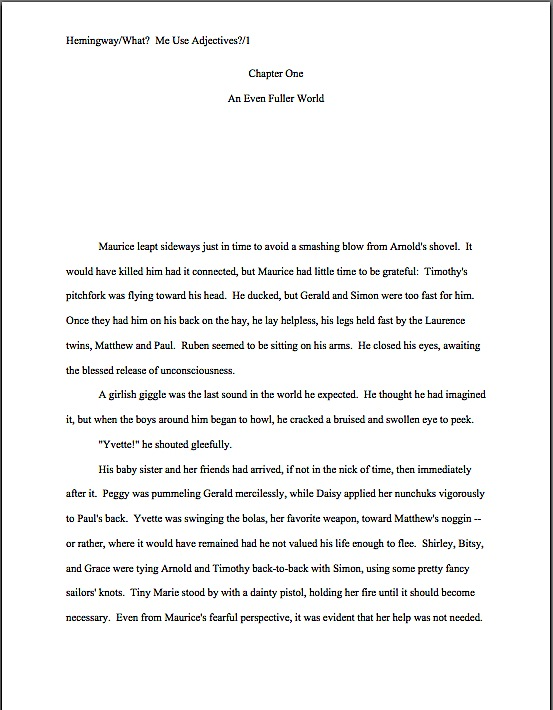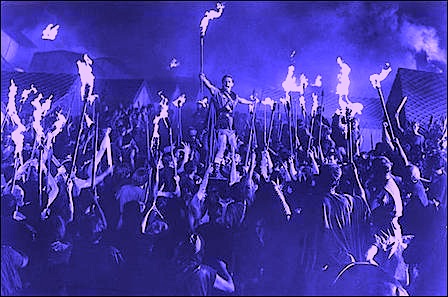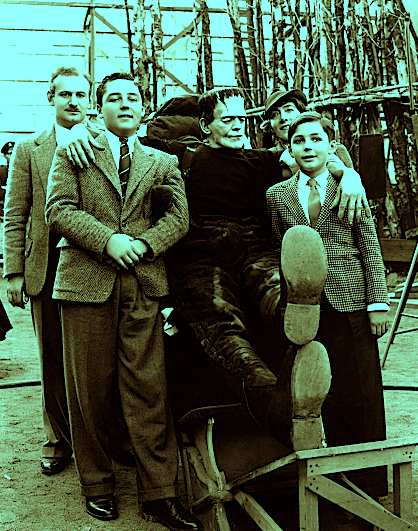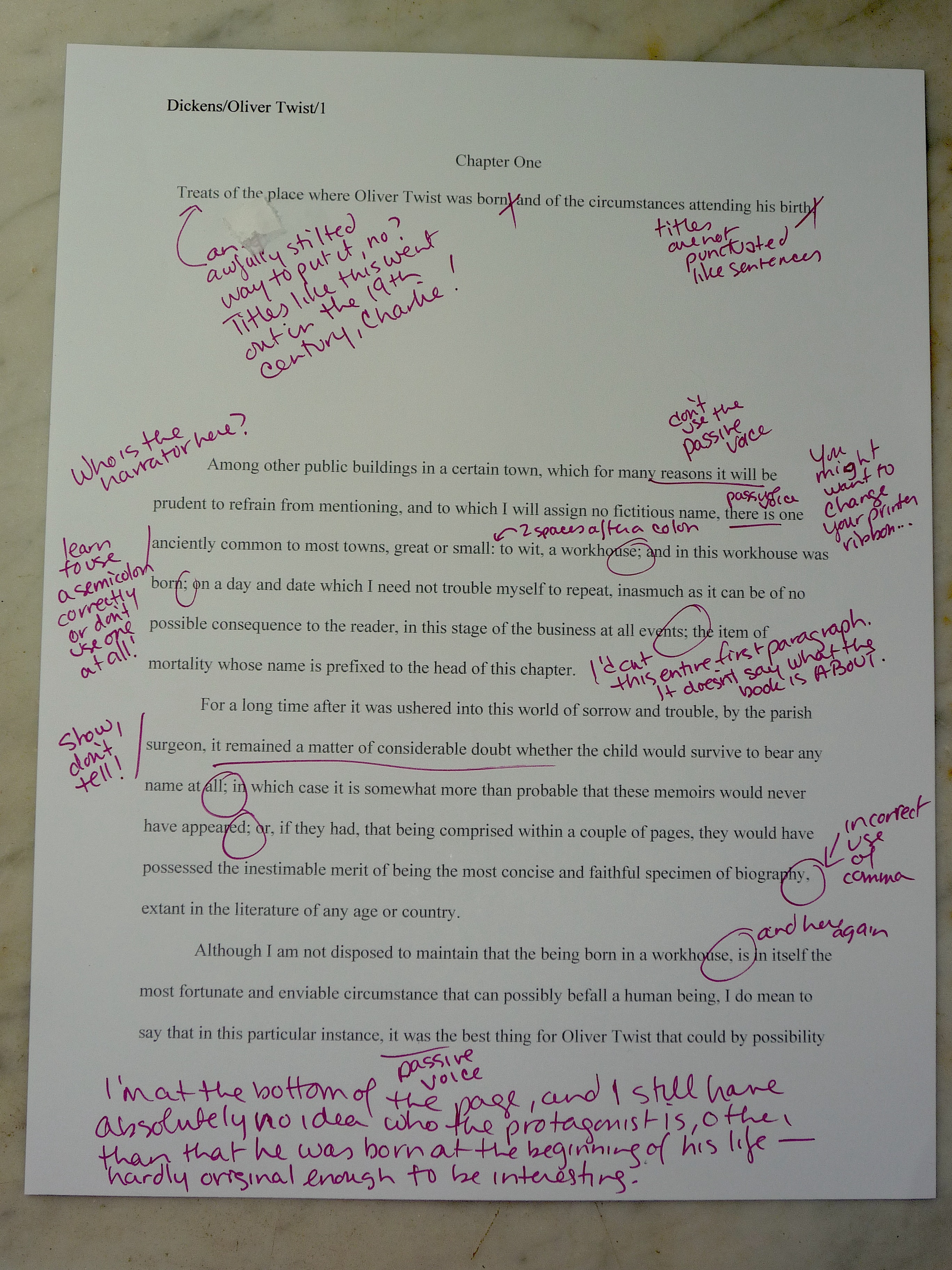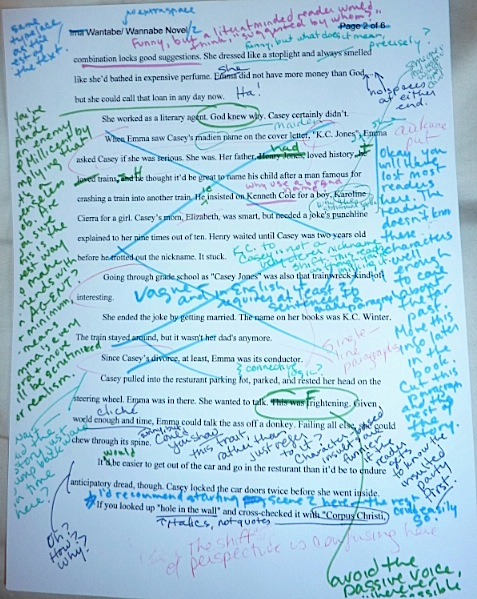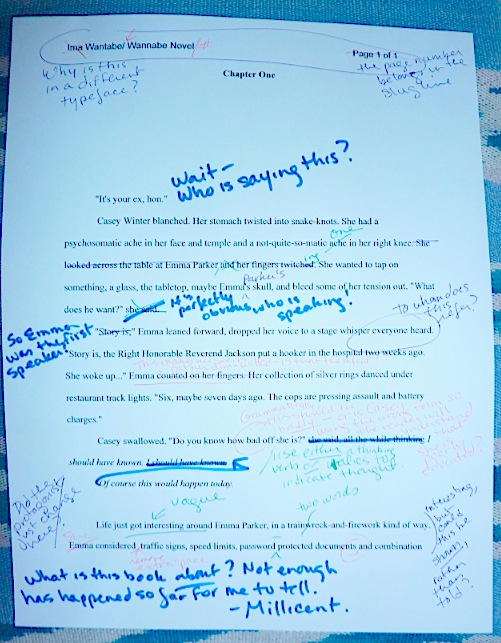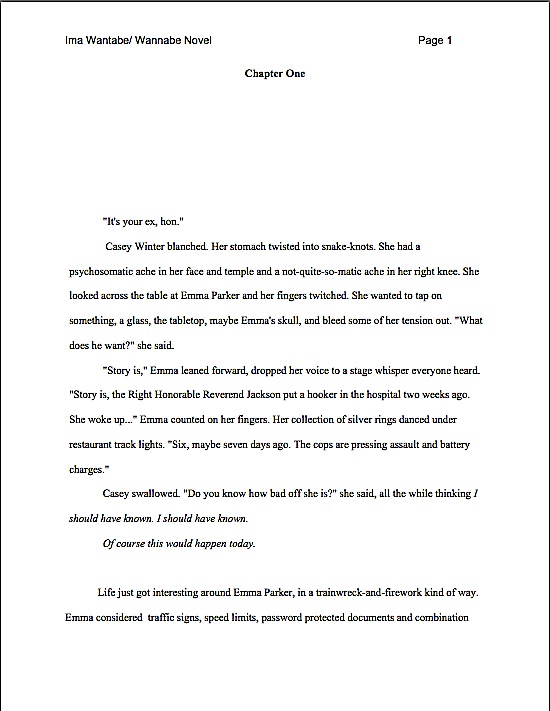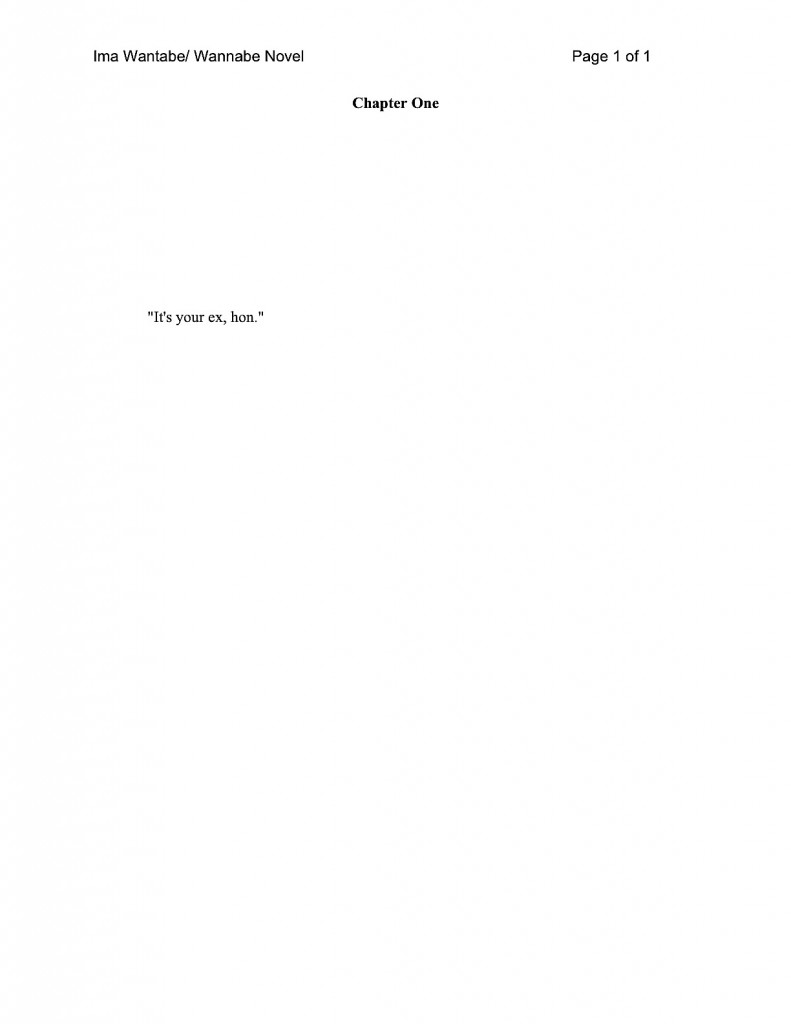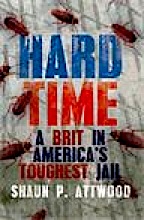Good evening, campers! Since we began our last post with an image of a crowd storming a castle, I thought it might be nice to open our night shift Querypalooza post with an image of an un-stormed one.
Besides, I like to yank this gorgeous image from the Book of Hours out of the mothballs every now and again, because it is such an accurate depiction of how so many aspiring writers view the work of querying these days: a long, toilsome effort aimed toward impressing the powerful folks in the white castle on the hill — who may or may not be paying attention — under a sky that (we hope) conceals at least a few minor deities rooting for the underdog’s eventual success.
What’s that you say, campers? That’s what it felt like back I was trying to find the right agent way back in the dimly-remembered mists of the Paleolithic era, but everyone concerns feels perfectly marvelous about the process today? Whew, that’s a relief — thanks for clearing up that little misconception.
On the off chance that I wasn’t the only writer who ever shivered in the face of seemingly unalterable industry coldness, I feel an obligation to point out from the other side of the Rubicon that even those newest to querying are not as entirely helpless in the face of it as we writers tend to tell ourselves we are. Although much of a writer’s progress along the road to publication is dependent upon factors outside her control — fads in writing style, fashions in content, and what kind of memoir has garnered the most scandals recently, to name but three — how an aspiring writer presents her work to the industry is in fact entirely under her own control.
Which is a really, really nice way of saying that from a professional reader’s point of view, scads of query letters traject themselves like lemmings straight from the envelope into the rejection pile with scarcely a pause in between, for problems that the writers who sent them could have fixed. Sadly, the vast majority are rejected for reasons that don’t necessarily have anything to do with the potential personality fit between the author and agent, the agent’s ability to sell the book in question, or even the quality of the writing.
Because agents and their screeners read hundreds of the darned things every week, even if only 20 of them share the same basic mistake — and trust me, more of them will — the 21rst query that carries even a shade of similarity is likely to trigger a knee-jerk reaction so strong that even Dr. Pavlov would shake his head and say, “No kidding? Just because the letter was addressed to Dear Agent, rather than to an individual?”
Oh, yes, Dr. Pavlov, there are few epistolary errors that engender a stronger — or quicker — negative response than a Dear Agent letter. But that’s merely the best-known of the notorious query-readers’ pet peeves.
In response to that giant collective huff of indignation I just out there: you’re probably thinking that Millicent the agency screener is hyper-sensitive, far more eager to reject a query than to accept it, and perhaps even downright mean. Heck, judging by the expressions on your faces, you probably wouldn’t be remotely surprised to learn that she regularly eats live kittens for breakfast, snarls at babies, and honks her horn when Boy Scouts assist people with canes across the street.
Don’t be ridiculous. Millicent lives in New York City; she doesn’t drive a car.
Perhaps she does reject writers for a living, but that doesn’t mean that rejections are necessarily her fault: many, many, MANY query letters just scream from their very first paragraph, “Reject me! I have no idea what I’m doing on your desk, much less what book category the manuscript my rambling prose professes to promote might best fit into, so why not put me out of my misery right away?”
The ubiquity of such self-rejecting queries — yes, they’re really called that — means that the all-too-common writerly practice of blaming the rejecter is not in the long run the best strategy for landing an agent. Call me zany, but if a query elicits a rejection for any reason other than that the storyline or argument in the proposed book didn’t grab Millicent or her boss, my first question is not, “Oh, how could the screener have made such a mistake?” but “May I have a look at that letter, so see how the writer may improve it?”
Why do I tend to leap straight to that conclusion, you ask? Experience, mostly. Out comes the broken record again:
If there is a single rule of thumb that may be applied at every stage of any successful author’s career, it’s that it ALWAYS behooves us to look critically at our own writing, rather than assuming that the only possible explanation for frowned-upon writing lies in the eye of the predisposition of the reader to frown.
Let me put it more simply: offense does not always lie in the propensity of the affronted to take umbrage. Millicent may indeed be a bit rejection-happy — it’s her job to reject 98% of what she sees, recall — but any writer can learn how to avoid provoking her.
As with a manuscript, the writer of a query will virtually always be better off taking steps to improve what she can control than blaming the rejection upon other factors. It is possible to learn from one’s own mistakes, even in the current insanely competitive agent-seeking environment, where the vast majority of queriers are never told precisely what made Millicent slide their letters directly into their SASEs with a copy of the agency’s prefab one-size-fits-all rejection note.
Or, in the case of e-queries, to hit the REPLY key, sending the prefab rejection reply. (You didn’t honestly believe that Millicent or her boss actually re-typed I’m sorry, but I just didn’t fall in love with thisevery time, did you?)
In the spirit of trying to avoid being the object of either dismal fate, let’s plunge back into our ongoing efforts to elevate a merely okay query letter into a really good one, shall we? At this point, we’ve moved far past the most basic mistakes; now, we’re well into the more sophisticated problems.
That’s good news, by the way. You should be proud of yourself for taking your own writing prospects seriously enough to make it this far. As a reward for virtue, we begin tonight with a few an exceptionally easy problems to fix.
(18) If I am querying anything but a memoir, is my descriptive paragraph written in the third person and the present tense?
Regardless of the narrative perspective of the manuscript itself, descriptive paragraphs in queries are always written in the third person. So if your description of your first-person chick lit begins I had just landed my dream job, change it right away: to Millicent’s eyes, it will read like a description for a memoir. Ditto for pitches and synopses, by the way.
Don’t you wish someone had mentioned that little tidbit to you at least three months before you sent out your first query?
The proper tense choice, too, may strike some as counter-intuitive: one-paragraph book descriptions, like pitches and synopses, are always written in the present tense. Even when the author is describing events that happened before the fall of the Roman Empire.
And apparently, writers are supposed to know both of these things because the synopsis fairy descends from the heavens when one reaches a certain level of craft and bops one on the head with her magic wand. Or because they have attended an expensive class or conference that told them so. Or so I surmise from the fact that this particular piece of advice isn’t given much these days.
I’m not a big fan of keeping expectations like this secret, so let’s shout it to the rooftops: YOUR DESCRIPTIVE PARAGRAPH SHOULD BE IN THE THIRD PERSON AND THE PRESENT TENSE.
The only major exception is, interestingly enough, memoir. Which leads me to:
(19) If I am querying a memoir, is my descriptive paragraph written in the present tense and the first person?
The logic behind describing memoir in the first person doesn’t really require much explanation — the book’s about you, isn’t it? — but the tense choice might. It simply doesn’t make sense for an adult to say:
Now I am six, and my father tells me to take out the garbage. But I don’t want to take out the garbage, and in a decision that will come back to haunt me in high school, I chose to bury it in the back yard instead.
It’s confusing to a sane person’s sense of time. But then, so are the querying and submission processes, frequently.
All too often, memoirists refer to themselves in the third person in query letters, pitches, and synopses of their books, puzzling Millicents exceedingly. If your memoir is about you, say so; go ahead and use the perpendicular pronoun.
Otherwise, the same basic structures we applied last time to describing novels will work perfectly well for memoir. Just make yourself sound like an interesting person in an interesting situation overcoming obstacles to your happiness in a different tense. For example:
Back in my days as a silent movie star of the 1920s, women ruled the silver screen. I was paid more than my male counterparts; I had my pick of projects (and extras for my private pleasures); my dressing room’s cushions were trimmed in mink. But once the talkies came, I was faced with an impossible choice: take a massive pay cut or allow my public to be told that my opera-trained voice was too squeaky for the new technology. If I was going to make the films that I wanted, I realized I would have to start writing and directing for myself.
See? By describing herself as the protagonist in a story, rather than just a person talking about herself, our starlet has made a compelling case that both she and the challenges she confronted would make for fascinating reading.
(20) Is the tone and language in my descriptive paragraph representative of the tone and language of the manuscript?
Yes, yes, I know: I’ve just finished telling you that the tense and perspective choice in the description should not be dictated by the voice of the narrative in the book. But all the same, just as a stellar verbal pitch gives the hearer a foretaste of what the manuscript is like, so does a well-constructed descriptive paragraph in a query letter. Just bear in mind that nice writing is not the only goal here; if you really want to make a great first impression, allow the descriptive paragraph to reflect the voice of the book.
Stop laughing. Query letters do so have narrative voices. It’s just that most of the boilerplates we see are so businesslike in tone and generic in content that you’d never notice.
So if the book is funny, go for a laugh; if it’s scary, make sure to include at least one genuinely frightening image; if it’s sexy, make Millicent pant in her cubicle.
Getting the picture?
Some of you find this suggestion a trifle wacky, don’t you? “But Anne,” a scandalized few protest, “didn’t you say earlier in this series that part of the goal here was to come across as professional? Won’t making the descriptive paragraph sound like my surly protagonist/whiny narrator/a lighthearted romp through the merry world of particle physics make me seem like a grump/annoying to work with/like I don’t know what I’m talking about?”
Good questions, scandalized few. Your concerns are precisely why I’m advising that only the descriptive paragraph match the tone of the book, rather than the entire letter.
Surprised? Don’t be. You’re entirely right that Millicent might well draw the wrong conclusions if your ENTIRE letter were written in an entertaining tone. And let’s face it, it’s kind of hard to turn the credentials paragraph of a query into much of a comedy.
Seriously. Even if you happen to have taught comedic theory for 52 years at the Sorbonne, it would hard to turn that fact into a giggle line.
But in the part of the letter where you’re supposed to be telling a story, why not let your manuscript’s voice come out to play for a few lines? Can you think of a better way to demonstrate to Millicent how your narrative voice is unique?
(21) Am I telling a compelling story in my descriptive paragraph, or does it read as though I’ve written a book report about my own manuscript?
All too often, aspiring writers will construct their descriptive paragraphs as though they were writing high school English papers. There’s usually a pretty good reason for that: writers tend to have been excellent high school English students. So were most agents and editors, as it happens, and certainly most Millicents who screen submissions.
But collective nostalgia for the happy days in Intro to American Literature doesn’t mean that a descriptive paragraph demonstrating that glorious past too clearly is smart book marketing at the query stage. Analytical descriptions distance the reader from the story being told.
Don’t believe me? Take a gander:
MIXED SIGNALS is a nuanced slice-of-life tale of interpersonal and intergenerational misunderstanding set against the backdrop of the turbulent 1960s. The protagonist is a troubled man, an employee caught up in a realistic conflict with his boss while his fantasies of perfect love are constantly thwarted by a lackluster family life. Told in alternating first person voices and the present tense, character is revealed through slice-of-life episodes before reaching the denouement.
Doesn’t exactly draw you into the protagonist’s world, does it? This description is essentially about a man without a face. While all of these things may well be true of the book being discussed, what is this book ABOUT? WHO is it about? What’s the central conflict, and what is at stake for the protagonist in overcoming it?
As a rule, Millicent is eager to know the answer to those questions. She is also likely to roll her eyes and mutter, “English term paper,” and swiftly move on to the next query.
Why apply that particular epithet? Because this kind of description talks about the novel, rather than telling its story.
Because Millicent’s job is to spot great storytellers, not great textual analysts, she would have preferred it if the querier simply told the story directly. Then, too, the writer’s choice to concentrate upon the themes and construction of the novel, rather than who the protagonist is and what conflicts he wants or needs to battle in order to fulfill his dreams keeps the reader from getting into the story.
Indeed, we’re left wondering what it is. Here’s the same plot, presented in a manner Millicent is far more likely to find pleasing:
Troubled Harry (47) can’t seem to make it through even a single work day at the squid ink pasta factory without running afoul of his boss, chronic aquatic creature abuser Zeke (52). Since the pasta factory is the town’s only employer, Harry has little choice but to stomach the flogging of innocent carp — until Zeke’s merciless sarcasm at the expense of a dolphin cracks his stoic veneer. After an unsuccessful attempt to unionize the squid, Harry must face the truth: Zeke has been just stringing him along for the last seventeen years about that promotion. But now that he is cast adrift in a rudderless sailboat, what is he going to do about that?
I spy some hands raised out there, do I not? “But Anne,” some terrific English essay-writers point out, “doesn’t the second version leave out a couple of pretty important items? Like, say, that the book is written in the first person, or that it has multiple protagonists?”
Actually, I left those out on purpose; as important as those facts may be to the writer, they would only distract Millicent at the querying stage. Or in a synopsis.
Do you English majors want to know why? Cue the music department.
Neither the point of view choice nor the number of protagonists is germane at the query stage: the goal of the descriptive paragraph is to show what the book is ABOUT, not how it is written. Let the narrative tricks come as a delightful surprise.
That’s what the manuscript is for, right? As Millicent’s boss, the agent, likes to say, it all depends on the writing.
(22) Does my descriptive paragraph emphasize the SPECIFIC points that will make the book appeal to my target audience?
Since a query letter is, at base, a marketing document (and I do hope that revelation doesn’t startle anybody, at this juncture; if so, where oh where did I go wrong, I had such high hopes when I raised you, etc.), it should be readily apparent to anyone who reads your summary what elements of the book are most likely to draw readers. Or, to put it another way, if you printed out your list of selling points and read it side-by-side with your query, would the summary paragraph demonstrate that at least a few of those elements you identified as most market-worthy?
If not, is the descriptive paragraph doing your book justice as a marketing tool?
Don’t look at me that way: there is absolutely nothing anti-literary about making it clear why habitual readers of your book category will be drawn to your work. Remember, no matter how beautifully your book is written or argued, Millicent isn’t going to know you can write until she reads your manuscript — and if your query does not convince her that your book is potentially marketable, she’s not going to ask to see the manuscript.
Even if she happens to work at one of the increasingly many agencies that allow aspiring writers to send pages of text along with their queries, the query is going to determine whether Millicent reads anything else you sent. So just in case any of you have been receiving form-letter rejections based upon query + pages agent approaches: I know that it’s tempting to assume that the problem is in the text itself, but strategically, the first place you should be looking for red flags is your letter. In a query + approach, it’s the gatekeeper for your pages.
I’m going to take that chorus of great, gusty sighs as a sign that I’ve made my point. If it’s any consolation, it’s great experience for working with an agent: when their clients bring them book ideas, the first question they tend to ask is, “Okay, who needs this book, and why?”
(23) Even if Millicent skipped my opening paragraph, would the descriptive paragraph that followed prompt her to exclaim, “Oh, that story is perfect for {fill in my target audience here}? Or have I forestalled that spontaneous cry by describing my book in back-jacket terms?
This is a corollary of the last one, obviously, but still worth considering as a separate question. One of the most common mistakes made in descriptive paragraphs is to confuse vague statements about who MIGHT conceivably buy the book with specific, pithy descriptions of what in the book might appeal to the market you’ve already identified in your first paragraph. Compare, for instance:
CANOE PADDLING MAMAS is designed to appeal to the wild, romantic adventurer in every woman. Set along the scenic Snake River, well known to whitewater rafters, the story follows two women in their journey through fast water and faster men. It belongs on the bookshelf of every paddle-wielding woman in America.
With:
Caroline Bingley (26) and Elizabeth Bennet (20) are floating down a lazy river, the sun baking an uneasy outline around their barely-moving paddles. Suddenly, the rapids are upon them — as is a flotilla of gorgeous, shirtless, rapids-navigating men on generous inner tubes. When a violent hailstorm traps them all in a dank, mysterious cave that smells of recently-departed grizzly bear, shivering in their thin, wet clothes, tempers flare — and so does romance.
The first sounds an awful lot like the summary a publisher’s marketing department might construct for a book’s back jacket, doesn’t it? It’s all breathless hype and promotional persuasion, leaving the reader thinking, “Um, I know where this story takes place, but what is this book about?”
As you may have already gathered, that’s not a question Millicent is fond of muttering in the middle of reading a query. Which is a shame, really, as so many queriers give her such excellent provocation to mutter it.
The second version answers that question very directly: CANOE PADDLING MAMAS is about Caroline and Elizabeth’s trip down a river, where they meet some sizzling potential love interests.
“Now that’s what I like to see,” Millicent cries, reaching for the seldom-used Yes, please send us the first 50 pages boilerplate. (Oh, you thought that they wrote a fresh letter for every acceptance?)
Unfortunately, as we saw earlier in this series, most aspiring writers are so used to reading marketing copy that they think the first version is inherently more professional than the second. In fact, it’s far from uncommon to see this type of marketing rhetoric in synopses, or even in contest entries.
To clear up this misconception once and for all, I’m going to ask you to join me in a little experiment. Scroll down so those last two examples above are hidden, please.
All gone? Good. Now take this multi-part pop quiz.
1) What do you remember most from the first summary paragraph?
The title? The Snake River? The bad cliché? Your speculation that my reference to “every paddle-wielding woman in America” might cause this blog to spring up in some unlikely Internet searches from now until Doomsday?
2) What do you remember about the second?
As a writer, I’m betting that the image that popped first into your mind was that floating phalanx of nearly naked hunks.
3) If you were an agent handling romances, which image would impress you as being easiest to market to outdoorsy heterosexual women?
I rest my case.
Except to say: in the first summary, a reader is unlikely to remember the STORY, rather than the query. And in the second, the query-reader is encouraged to identify with the protagonists — who are, like the reader, contemplating all of those inner tube-straddling guys.
Okay, try to shake that image from your mind now, so we can move on. No, seriously: stop picturing those floating bodies. We have work to do.
The other reason that the second summary is better is that it presumably echoes the tone of the book. Which brings me to…
(23) If my descriptive paragraph were the only thing a habitual reader in my book category knew about my manuscript, would s/he think, Oh, that sounds like a great read? Or would s/he think, I can’t tell what this book would be like, because this summary could apply to a lot of different kinds of books?
This is a question that often makes even seasoned queriers do a double-take, but actually, it’s closely related to #20, is the tone and language in my description representative of the tone and language of the manuscript?
Most query letters share one of two tones: unprofessional or serious, serious, serious. The first is never a good idea, but the second is fine — if you happen to have written the 21rst century’s answer to MOBY DICK.
Which I’m guessing no one currently reading this actually has. If, however, you’ve written this year’s answer to BRIDGET JONES’ DIARY, a super-serious summary paragraph is probably not the best marketing tactic. Quite apart from the fact that it’s hard to make a lighthearted romp seem either lighthearted or like a romp if it’s described in a turgid manner, a deadpan presentation is probably not the best strategy for convincing Millicent that you can write comedy.
So why not use the description as a writing sample to demonstrate that you can? In fact, why not take the opportunity to show how well you understand your target readership by including images, wording, and details likely to appeal to them?
The same logic applies to any category of book — and it’s a great way to figure out whether a plot point is worth mentioning in your summary paragraph. If you have written a steamy romance, select the sexy detail over the mundane one. If it’s a western, make sure there’s at least one line in the summary that elicits a feeling of the open range. If it’s a horror novel, opt for the creepy detail, and so forth.
The sole exception to this rule is if you happen to have written a really, really dull book on a mind-bendingly tedious topic. Then, and only then, do you have my permission to construct a descriptive paragraph that doesn’t sound anything at all like the tone of the book.
Hey, you have to pique Millicent’s interest somehow.
(24) Wait — have I given any indication in the letter who my target audience IS?
Despite my utmost efforts in spreading advice on the subject, most queries include no reference whatsoever to the target audience, as though it were in poor taste to suggest to an agent that somebody somewhere might conceivably wish to purchase the book being pitched.
Call me mercenary, but I think that is rather market-unwise, don’t you? If an agent is going to spend only about thirty seconds on any given query letter before deciding whether to reject it out of hand, is there really time for the agent to murmur, “Hmm, who on earth is going to want to buy this book?”
No extra credit for guessing the answer to that one: no.
As those of you who went through the identifying your target market exercises in my earlier series on pitching (easily found under the obfuscating category title IDENTIFYING YOUR TARGET AUDIENCE on the archive list at right) already know, figuring out the ideal readership for a book is not always a simple or straightforward task, even for someone who knows the text as intimately as its author. Don’t expect its appeal to be self-evident.
Yes, even for a book like CANOE PADDLING MAMAS, where the appeal is pretty close to self-evident.
To revisit one of my earlier mantras: structure your marketing materials to make it as easy as possible for folks in the industry to help you. You want Millicent to cast her eyes over your query and go running to her boss, the agent, saying, “Oh, my God, we have to see this manuscript.”
Once again, we see that it is a far, far better thing to induce the screener to exclaim, “This book belongs on the bookshelf of every paddle-wielding woman in America!” than to have the query tell her that it does. Even if it’s true.
Just a little something to ponder while our heroines explore some wild, largely unexplored river with scantily-clad men who obviously spend a suspiciously high percentage of their time at the gym.
Since I’m not going to be able to wrest that image from your mind, this seems like an excellent place to stop for the day. More probing questions follow at 10 am, of course.
Oh, you thought I was going to bring Querypalooza to a screeching halt the instant Labor Day weekend was over? Oh, but we still have exciting material to cover, campers. So while I shan’t be able to keep up this weekend’s blistering pace once the working week has started, you might want to check back in tomorrow morning. And early evening, if I have not collapsed into a quivering heap of exhaustion by then.
I wouldn’t send you out to query only partially prepared, after all. Keep up the good work!


